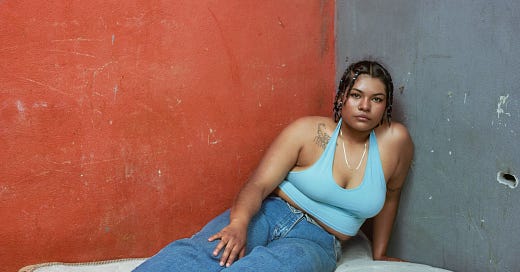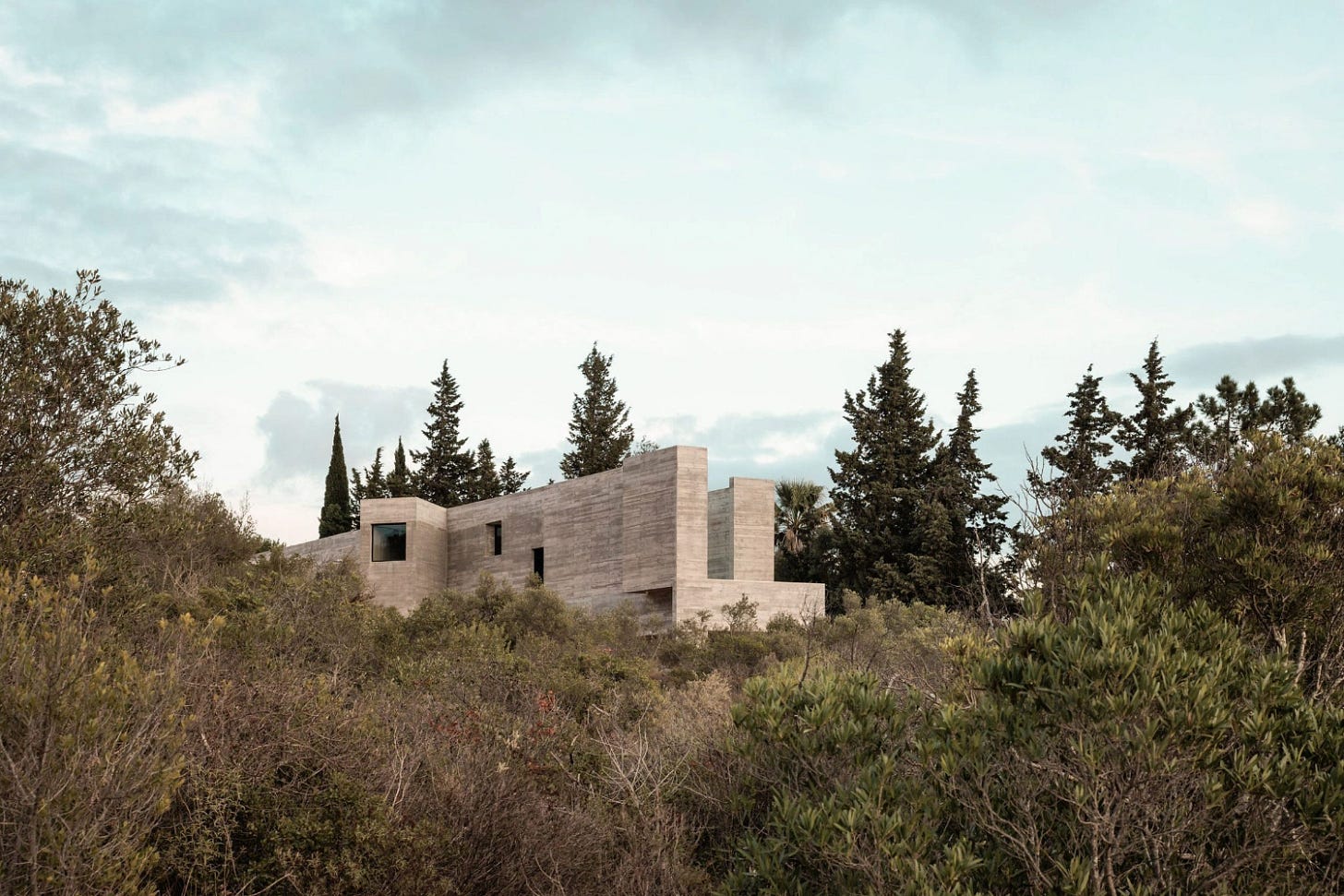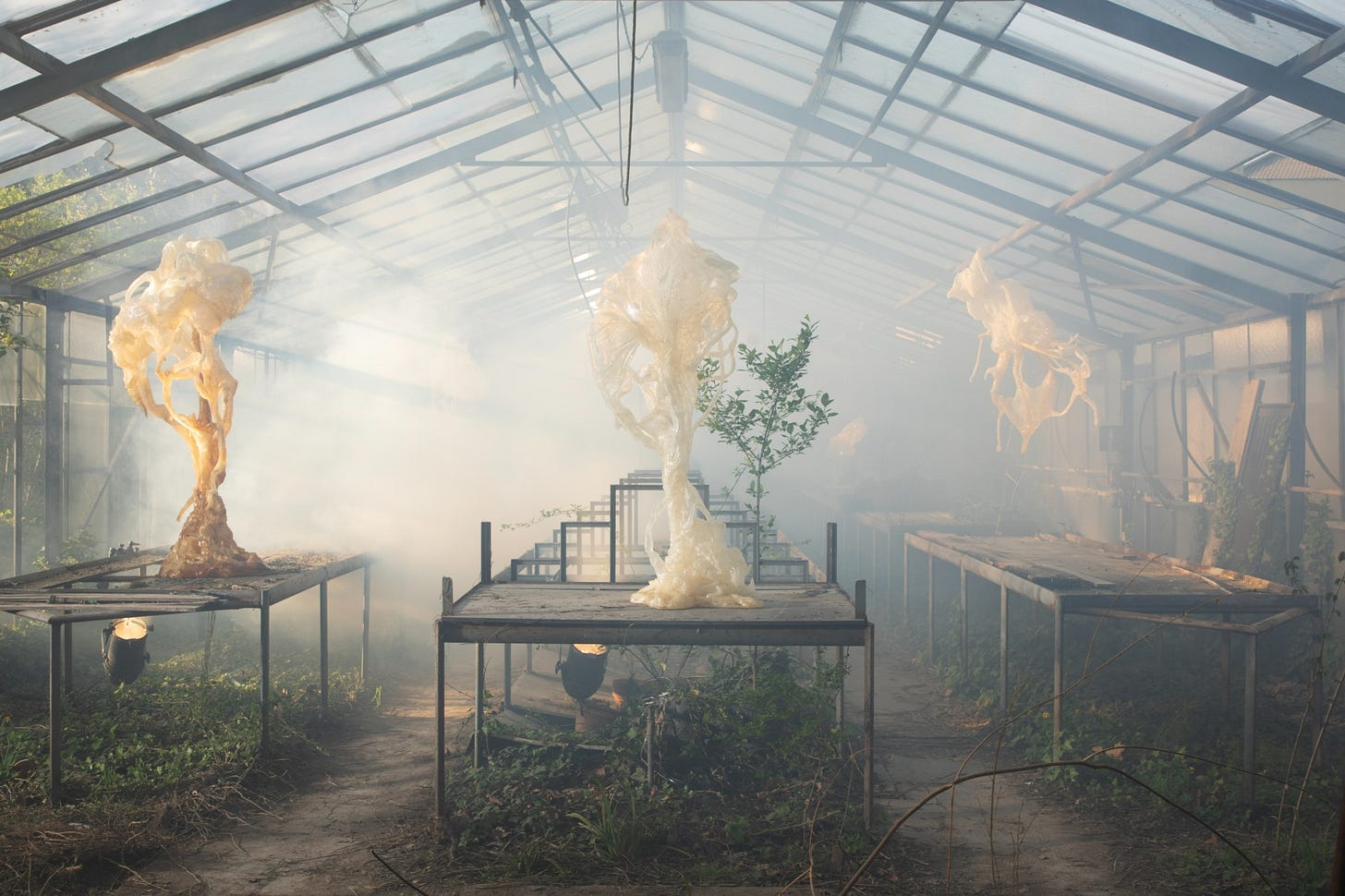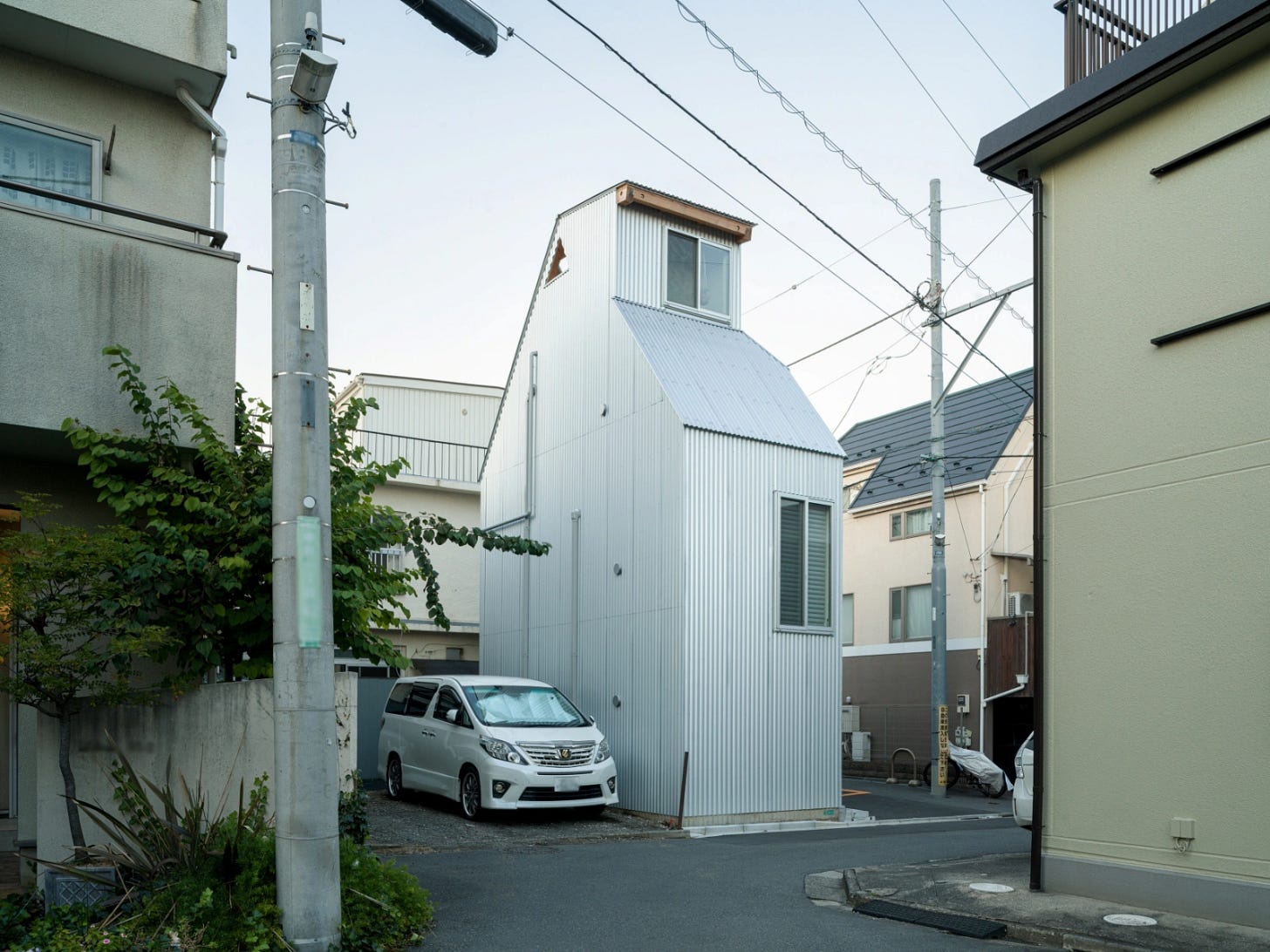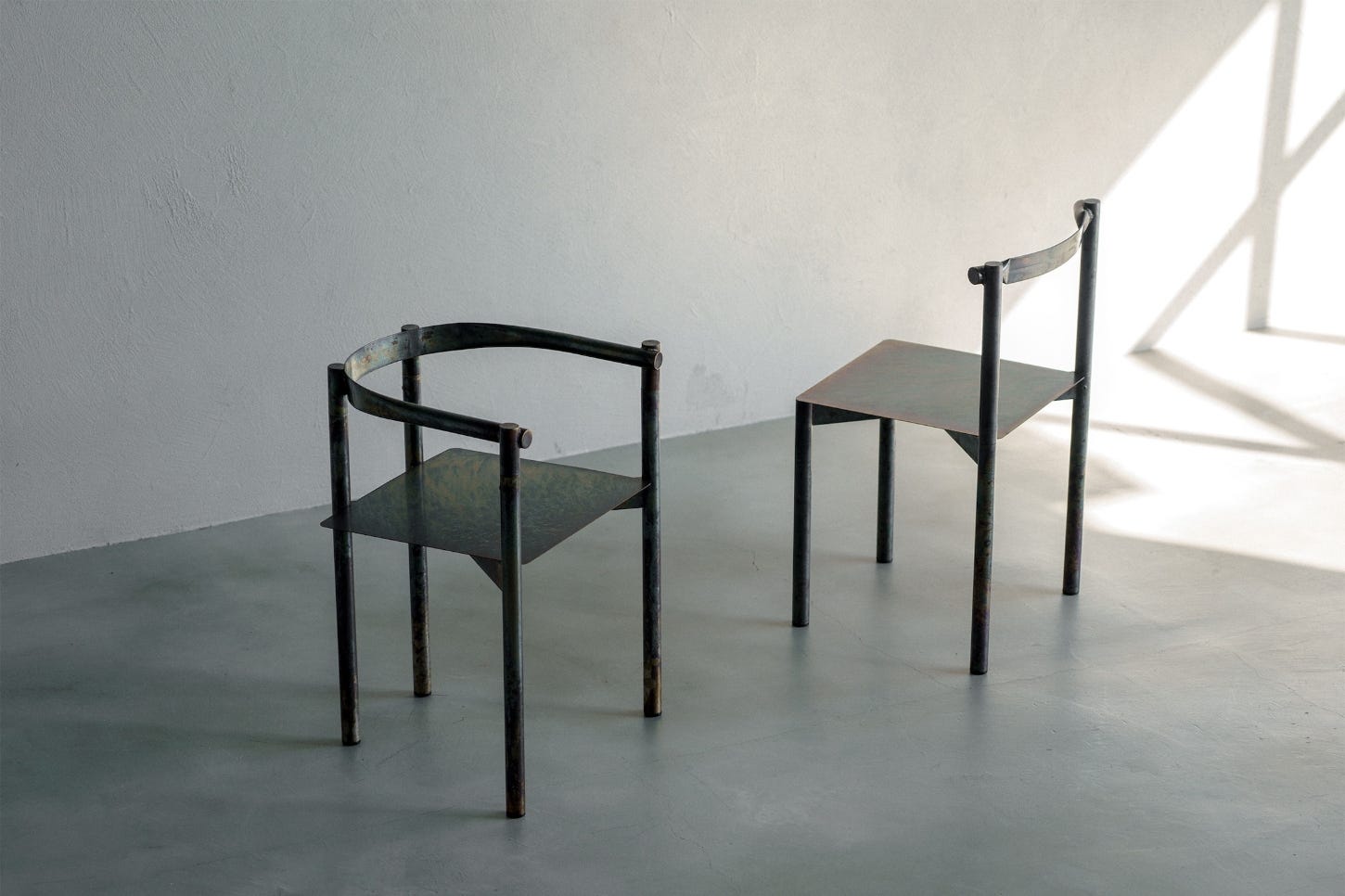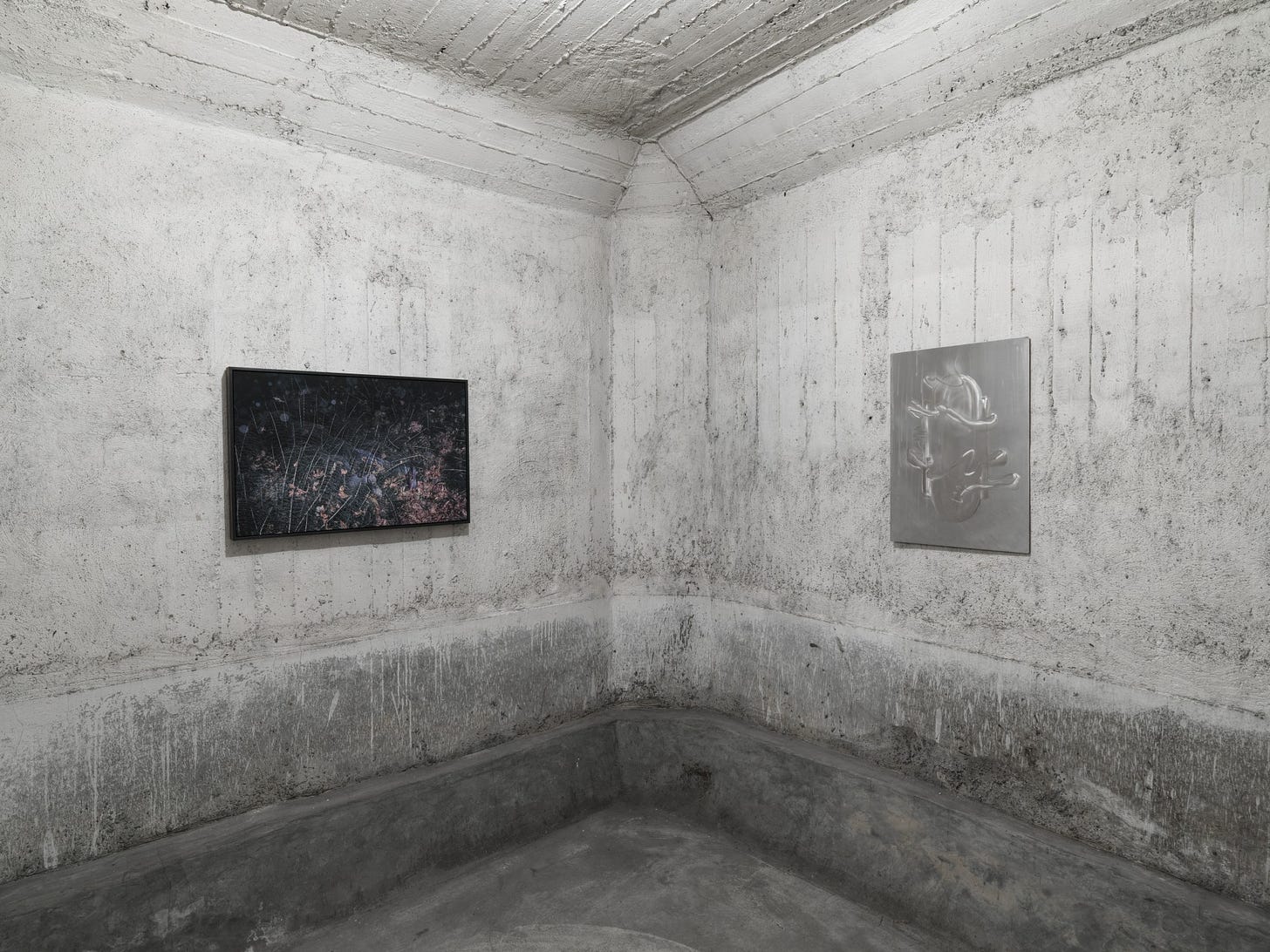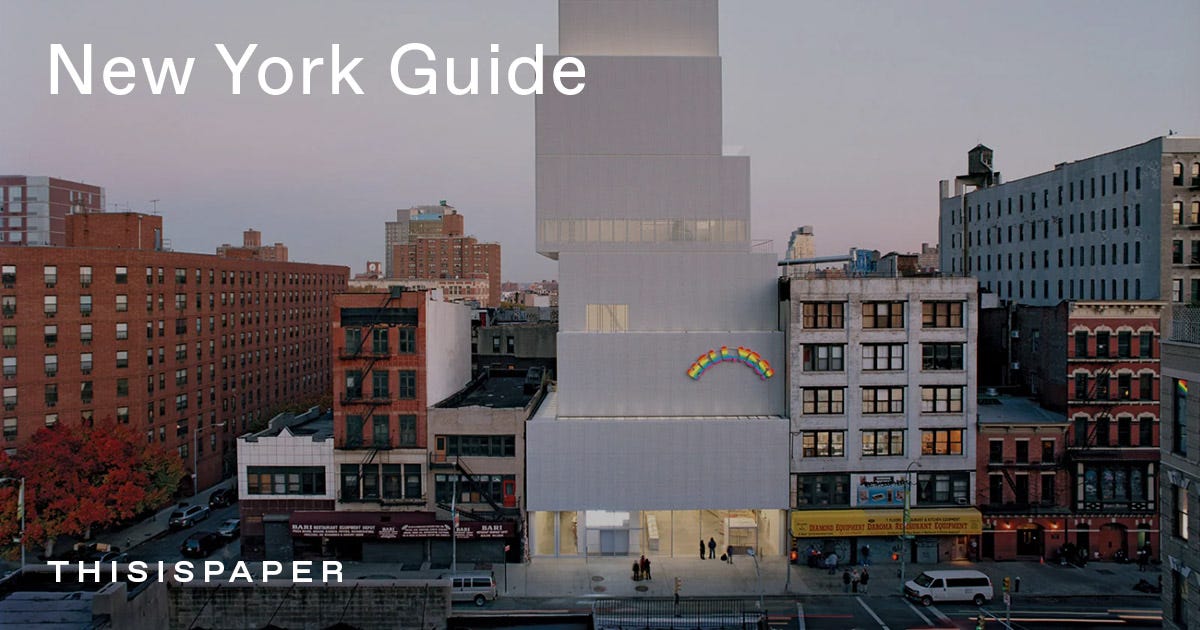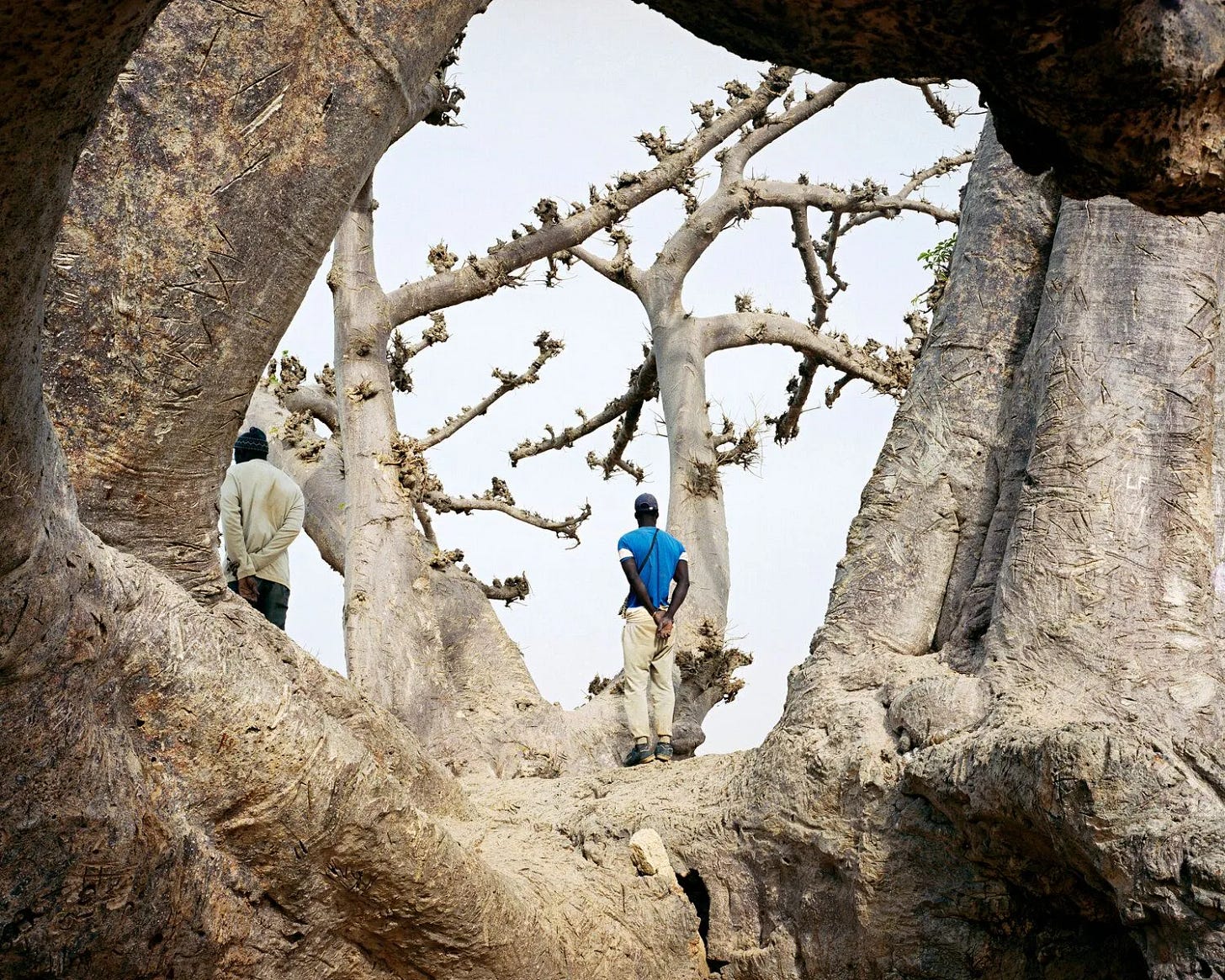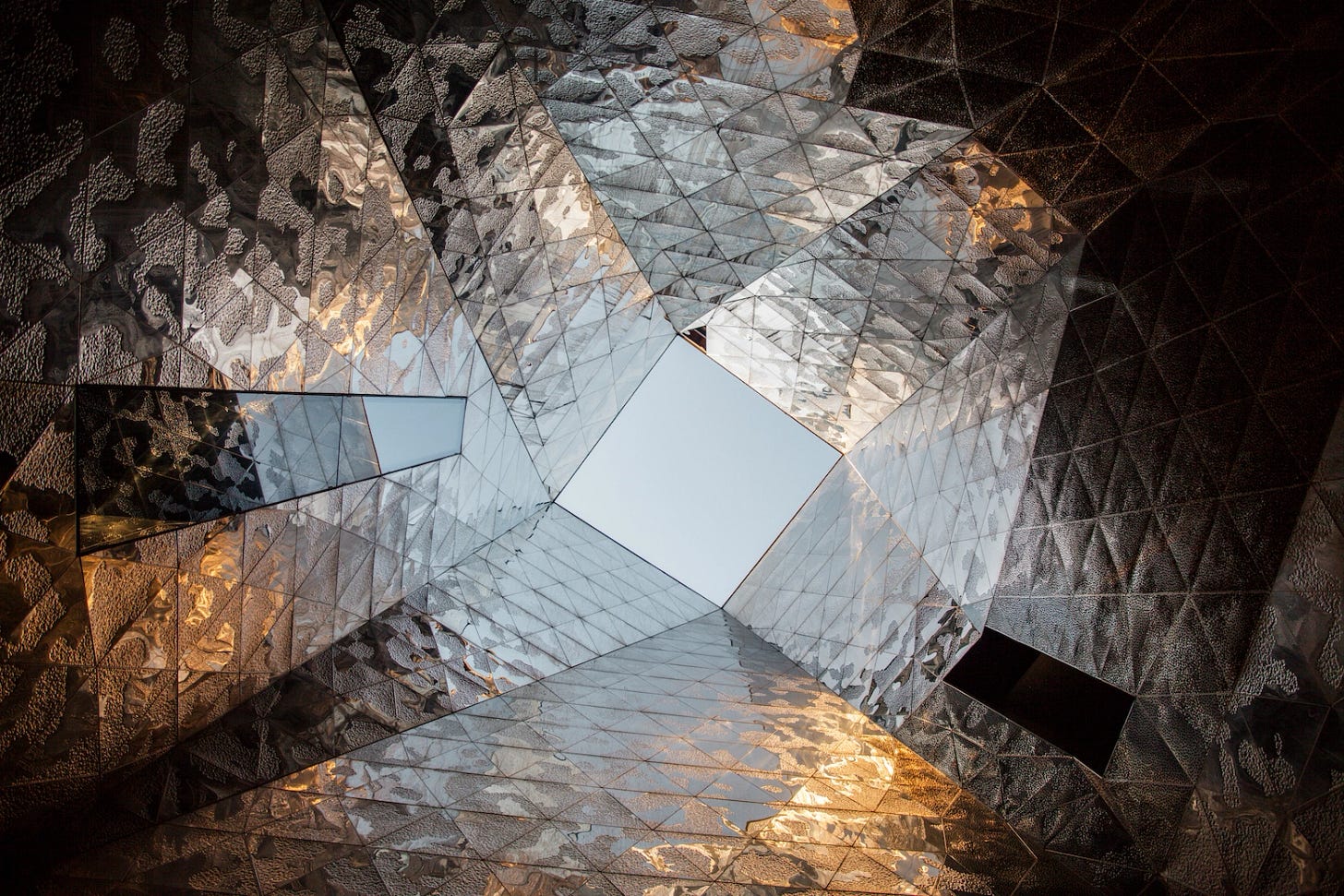146
This week: Alcova 2025, Felipe Romero Beltrán, Herzog & de Meuron, CAN Gallery, Pedro Domingos Arquitectos, KOMINORU Design, Jasmine Clarke
Before we dive in, we'd like to share some recent updates at Thisispaper+.
① New locations: We’ve expanded our guides with fresh additions to Tokyo and Barcelona Guides + Concrete Stories, The New Chair and Jutaku Edition.
Felipe Romero Beltrán's Bravo is a poetic and politically charged documentary photo essay capturing suspended time along the Río Bravo in Mexico, where migration and geography blur into haunting stillness.
Frame House by Pedro Domingos Arquitectos reimagines domestic space as sculpted concrete monolith—framing light, landscape, and time in the arid Algarve hills near Faro, Portugal.
Milan unfolds like a grand thesis, each exhibition is a proposition in bold gestures and material experiments. For designers, artists, journalists, and brands alike, it’s a relentless terrain of discovery—electrifying yet unceasing.
'Small House on a Corner Lot' designed by KOMINORU Design in Tokyo offers a compelling rebuttal to the notion that space defines comfort.
At Alcova, among the many voices experimenting with material and form, Tokyo-based designer Masaya Kawamoto introduced the PF Chair—a study in restraint, clarity, and subtle invention.
Abandoned Cartographies & Other Odd Hours at CAN Gallery in Athens, Greece, conjures a state of lucid disorientation, an invitation to roam the hinterlands of perception and the subconscious.
Thisispaper Guide to New York
Beyond the clichés and cinematic snapshots lies a city pulsing with refined architecture, enduring design, and thoughtful culture. This is New York through the lens of calm curiosity—less noise, more nuance.
In Someone, Jasmine Clarke offers a deeply personal and poetic exploration of the coastal town of Simone, Senegal—an intimate geography where the currents of memory and migration converge.
Herzog & de Meuron’s Museu Blau in Barcelona is a radical convergence of architecture and museography, captured through Denis Esakov’s lens in a photographic essay exploring form and context.


